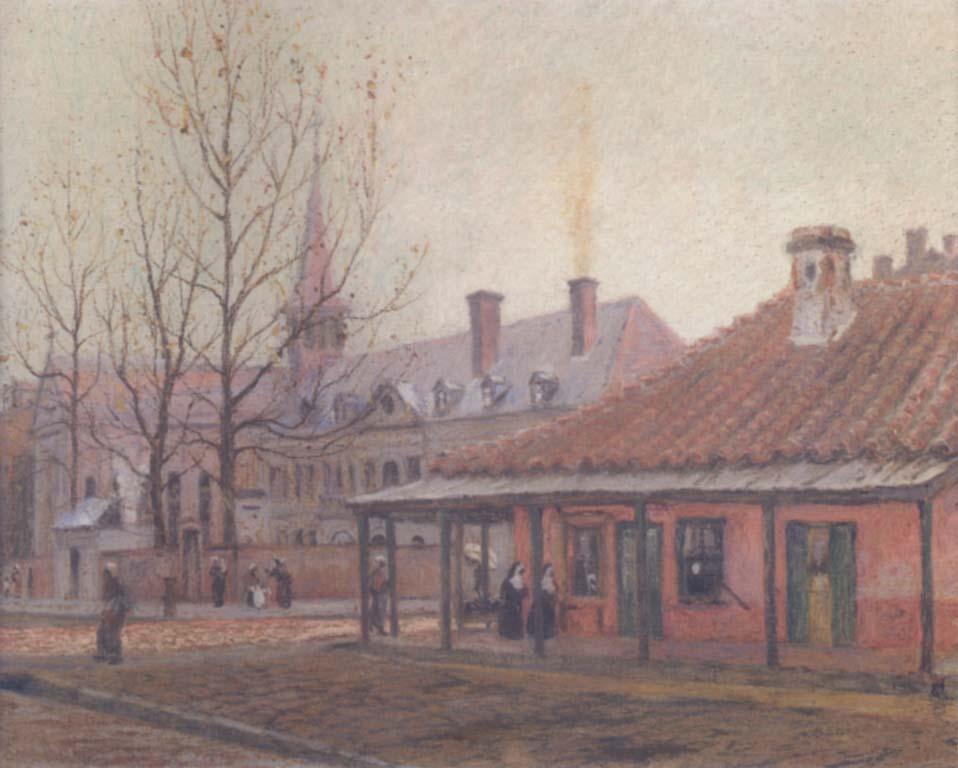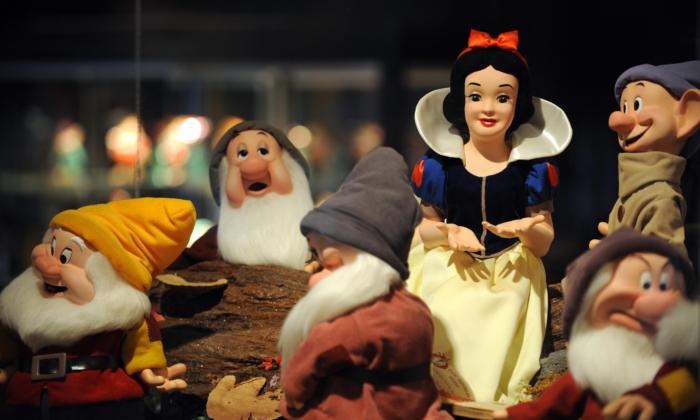In 1814 we took a little trip Along with Colonel Jackson down the mighty Mississip We took a little bacon and we took a little beans And we caught the bloody British in the town of New Orleans
Well, we fired our guns and the British kept a-comin’ There wasn’t nigh as many as there was a while ago We fired once more and they began to runnin’ On down the Mississippi to the Gulf of Mexico
So begins Johnny Horton’s 1959 song “The Battle of New Orleans,” which to this day many adults who were then kids can still sing word for word. Written 23 years earlier by a high school history teacher, Jimmy Driftwood, “The Battle of New Orleans” was originally titled “The 8th of January,” the date in 1815 when Andrew Jackson’s ragtag army delivered a knockout defeat to British forces. The tune, light humor, and dash of American braggadocio made this song a No. 1 hit and brought renewed attention to this historical event.Before the Fight
Having defeated Napoleon and brought down his government, the British in 1814 were able to focus their military efforts on their war in America. They occupied and burned parts of Washington, continued to disrupt American trade, and planned to seize New Orleans, part of the Louisiana Purchase of the Jefferson presidency.
Told of a possible attack on this key port, the recently promoted Maj. Gen. Andrew Jackson hurried from Mobile, Alabama, to thwart the invasion. In early December 1814, he began patching together as ragtag a force of troops ever assembled under the flag of the United States. The group included regular Army soldiers, local militia, Tennessee and Kentucky frontiersmen, Choctaw Indians who had supported Jackson in his war against the Creeks, free men of color and some slaves, and pirates under the sway of Jean Lafitte.
The Walloping
At sunrise on Sunday, Jan. 8, Pakenham launched an assault across Chalmette’s sugarcane fields directly on Jackson’s line. Perhaps proving fatal to this attack, a simultaneous flanking movement against Jackson’s forces was delayed, leaving Pakenham’s troops marching en masse across what became a killing ground.Of Dominique You, who was one of Lafitte’s captains, and his cannoneers, Andrew Jackson said: “If I were ordered to storm the gates of hell, with Captain Dominique as my lieutenant, I would have no misgivings of the result.”

In their book, Kilmeade and Yaeger included these words from a Kentuckian: “When the smoke had cleared and we could obtain a fair view of the field, it looked at first glance like a sea of blood. It was not blood itself, but the red coats in which the British soldiers were dressed. The field was entirely covered in prostrate bodies.”
The Man Who Would Be President
As news of the American victory spread, Andrew Jackson became a national hero. His triumph in this particular battle added to the luster that “Old Hickory” had already won in the Indian Wars. Eight years later, he was elected to the U.S. Senate, and in 1828, the “Hero of New Orleans” became a two-term president of the United States.His backwoods boyhood and frontier life separated Jackson from his predecessors in the White House. In his day, he was known as an advocate for the common man and an opponent of the then East Coast elite. Part of his reputation as “The People’s President” came from the Army he commanded in Louisiana.

The Dirty Shirts
In finding and assembling his men, Jackson dealt with an array of different personalities and ethnic groups. The regular Army troops he commanded followed military protocols and standards of behavior, but the other groups—the backwoods Indian fighters, the Choctaws, the militias, the free men and slaves, and the smugglers and sea-going brigands operating under Lafitte—required special handling. Local ex-slaves were drawn to the ranks after being promised equal money and duties to their white counterparts. Some slaves joined when Jackson promised them freedom, a promise that he didn’t, and likely couldn’t, keep.In the skirmishes and smaller fights that preceded the Jan. 8 battle, the handful of Choctaws in Jackson’s force were deployed as snipers, a bloody task at which they excelled. Negotiations with Lafitte’s Baratarians, so called for their association with Louisiana’s Barataria Bay, required diplomacy and a willingness and ability to overlook their past crimes.
The Baratarians in particular captivated the American public, enhancing a touch of romance to Jackson’s victory. Over a century later, the 1958 film “The Buccaneer,” starring Yul Brynner as Lafitte and Charlton Heston as Jackson, revealed the ongoing fascination with this story of pirates helping to preserve American liberty.
Storming Heaven With Prayers
On the night of Jan. 7, fearful of what a British victory might mean for their city, residents—most of them women, some of whom had husbands, fathers, and sons in the upcoming battle—made their way to the Ursuline Convent and the Chapel of Our Lady of Consolation. Above the altar that day, the nuns had placed a wooden sculpture of Mary holding the infant Jesus, a statue known as Our Lady of Prompt Succor. The sisters credited this manifestation of Mary with having saved the convent from a 1788 fire that had swept most of the city, and Our Lady of Prompt Succor remains the Principal Patroness of Louisiana to this day.
After the battle, Andrew Jackson himself visited the church to thank the sisters personally for their prayers.
But the story doesn’t end there. In the early morning hours of Sunday, Jan. 8, the Mother Superior of the Ursulines promised that if the Americans prevailed, the sisters would annually hold a Mass of Thanksgiving on the date of that victory. To this day, every year on Jan. 8, a Mass of Thanksgiving honoring that vow is offered by the Archbishop of New Orleans in the National Shrine of Our Lady of Prompt Succor on State Street, which houses the original statue.
Pirates, nuns, Indian marksmen, tough frontiersmen, all in league with “Old Hickory”: It’s little wonder that this extraordinary cast of characters captured the American imagination and fed the pride of a young country looking for heroes and great deeds.








